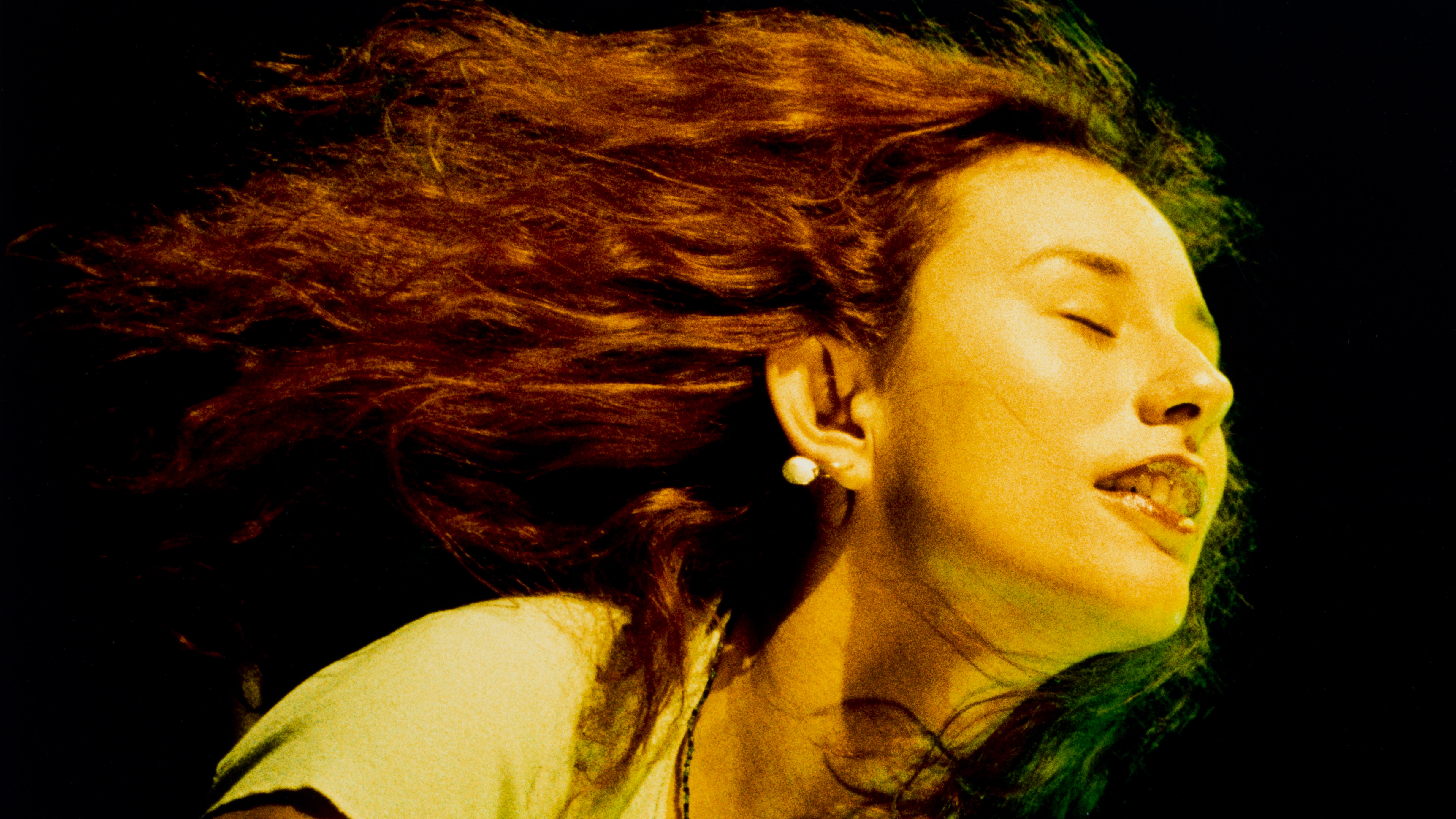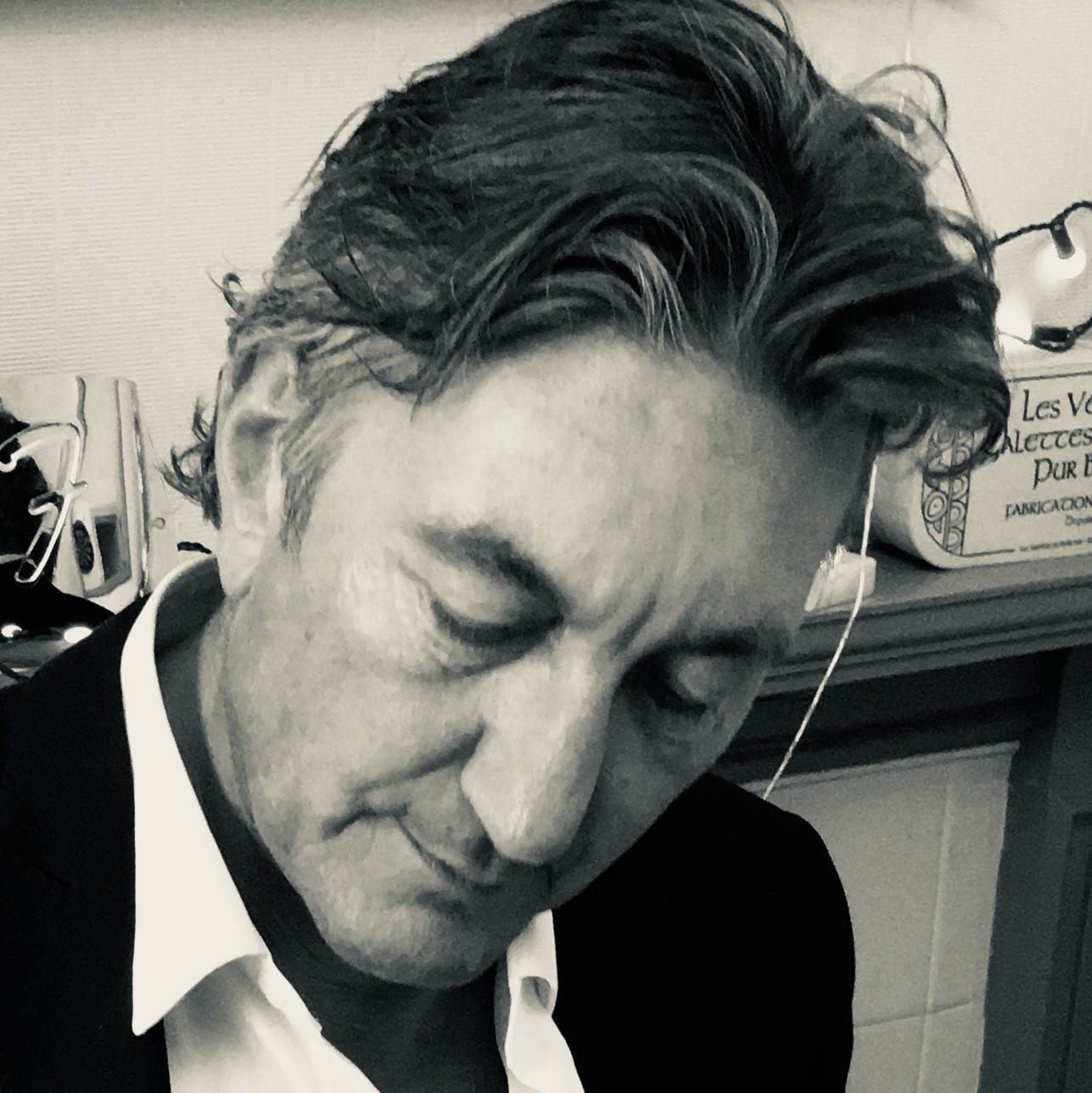“I was screaming at the top of my lungs that it had to be a whistle. The mixer said, ‘This whistle is naff, Tori.’ I said, ‘Well, when you make your own song, you can have a mandolin on it. Now put the whistle in!'": How Tori Amos created Cornflake Girl
Its memorable infectious hooks belie a dark lyrical core

When her debut album Little Earthquakes landed in 1992, Tori Amos shone out as a uniquely gifted artist who blended stunning piano skills with a deeply personal and confessional songwriting style.
Her label Atlantic Records had sent her to the UK in the belief that, as Kate Mossman wrote in the New Statesman, “eccentric women artists had a better chance of making it in the land of Kate Bush”.
But some music journalists failed to grasp the emotional depth of Amos’s work. A review of Little Earthquakes in the NME described the album as “a sprawling, confusing journey through the gunk of a woman’s soul”.
On the a capella track, Me And A Gun, Amos wrote about being raped at knifepoint at the age of 21. But in interviews and reviews, this was sometimes seemingly edited out.
On 10 January 1994, Amos released her second album Under The Pink, which contained the song Cornflake Girl. This was her mega hit, an upbeat 134bpm track with wildly infectious rolling piano flourishes and a propulsive, stammering waltz-like beat.
The song reached No.4 in the UK Singles Chart and established Amos as a real creative and commercial force.
As with many great songs, its memorable infectious hooks belie a dark lyrical core.
Want all the hottest music and gear news, reviews, deals, features and more, direct to your inbox? Sign up here.
Over 30 years since its release, Cornflake Girl remains a powerful and compelling track.
Tori Amos was born Myra Ellen Amos in 1963 and was initially raised in the genteel Georgetown neighbourhood of Washington DC. When she was two, her Methodist minister father moved the family to nearby Baltimore, Maryland.
As soon as she was tall enough to reach the piano keys Amos was demonstrating a prodigious musical talent. In the 2008 book Piece By Piece, which Amos co-authored with journalist Ann Powers, Amos described seeing music as structures of light since her early childhood.
“The song appears as [a] light filament once I've cracked it,” she wrote. “Obviously similar chord progressions follow similar light patterns, but try to imagine the best kaleidoscope ever – after the initial excitement, you start to focus on each element's stunning original detail.
“For instance, the sound of the words with the sound of the chord progression combined with the rhythm manifests itself in a unique expression of the architecture of colour-and-light.
“I started visiting this world when I was three, listening to a piece by Béla Bartók. I visited a configuration that day that wasn't on this earth. It was euphoric.”
At five, Amos won a full scholarship to the Peabody Institute at John Hopkins University and was the youngest person to have ever been admitted. But by the age of 11 she was forced to leave for reasons that Rolling Stone magazine described as “musical insubordination”.
Her dismissal reportedly stemmed from her growing interest in rock and pop music and her preference for playing by ear rather than sight-reading from sheet music.
By the age of 13, Amos was earning money by playing in Washington DC piano bars, developing a strong mezzo-soprano voice and honing her songwriting skills. At the age of 17, she sent demo tapes of her material out to record companies and producers.
Narada Michael Walden expressed interest and he and Amos recorded some tracks together, although none of these were released. Then Atlantic Records responded, with A&R man Jason Flom flying to Baltimore to audition Amos in person. Atlantic signed her to a six-album record deal.
Amos moved to Los Angeles, and in 1986 she formed the band called Y Kant Tori Read, which featured musician, songwriter and producer Steve Caton on guitar as well as future Guns N’ Roses drummer Matt Sorum. But the group’s eponymous 1988 album flopped and they disbanded.
Amos then reworked the Y Kant Tori Read album along with contributors such as Caton and her producer and boyfriend Eric Rosse. The result was Little Earthquakes, Amos’s debut solo album, which became her creative and commercial breakthrough, charting at No.14 in the UK Albums Chart.
In 1993, she embarked on her second solo album Under The Pink.
In a bid to remove herself from all outside influences, Amos decided to create a studio in a 150-year-old hacienda in Taos, New Mexico, a bohemian mecca set in a high desert valley amid the crimson Sangre de Christo mountains.
Amos and Rosse nicknamed the resulting studio the ‘fish house’ after their recording equipment was shipped to the studio alongside crates containing seafood.
The pair used their remote surroundings as inspiration for experimentation. They mixed industrial loops with acoustic piano on some tracks, and at some points in the recording on the album they rolled large ball bearings on the strings of Amos’ Bösendorfer piano and metal food cans on other instruments for more subtle effects.
The musicians on Cornflake Girl included soul and gospel singer Merry Clayton, best known for her soaring vocals on The Rolling Stones’ Gimme Shelter.
Other stellar talents included George Porter Jr, singer, bassist and founder of The Meters, and percussionist Paulinho da Costa.
Porter and da Costa helped layer the song with big sleigh bells and a killer groove, which was anchored by New Orleans drummer Carlo Nuccio.
From the very first bar, it has a wickedly infectious feel, with a waltz-style 134 bpm rhythm and a stammered vocal hook. Memorable piano hooks abound as Amos’s mellifluous playing powers the song along.
Amos was reportedly inspired to create the piano riff after hearing live reggae music floating through her open window in London. She instinctively started jamming to it.
“Within pretty much a day's time I had a piano riff for what would become Cornflake Girl,” she explained in the liner notes to her 2006 compilation, A Piano. “I was just playing along, and then, when the music stopped, I found myself still playing that riff.”
One year later, at the hacienda-come-studio in Taos, New Mexico, Amos and the assembled musicians began to develop that riff.
“The legendary George Porter Jr brought his own variation of New Orleans voodoo,” Amos is quoted as saying on the Songfacts website. “Cornflake Girl' was inspired by a groove-loop kind of percussive rhythm. Then I wrote the piano part, and to the piano part yet another percussive part was written. Then to that new and improved loop Paulinho Da Costa came and layered the track with even yet another syncopated, percussive part.”
Amos said all the mini sections and compositional details took over a year to resolve.
“Sometimes you get a real burst of inspiration, and then all you have is a riff. You don't really have a completed thought. It took me going very far away from where it had started to really finish it. Taking it from the city of London to the desert of New Mexico so that it could find its own character.”
One defining feature that Amos fought hard for was the whistling that comes in over her piano at the beginning of the song. Everyone else in the studio, including Rosse, was much keener on a mandolin line that guitarist Steve Caton had come up with.
“Everybody really liked that,” Amos told The Baltimore Sun in 1994. “And even in the mix studio, I was screaming at the top of my lungs that it had to be a whistle. I want the cowboys coming over the hill!
“Eric was laughing his head off, and the mixer, Kevin Killen, said to me, ‘This whistle is naff, Tori.’ And I said, ‘Well, guess what, Kevin. When you make your own song, you can put your own mandolin on it. This is a whistle. Fucking put it in! Put the sample in.’ So I got my whistle, and I'm happy as a clam to this day.”
Sonically, Cornflake Girl is stirring, upbeat and gloriously off-kilter with a stuttering vocal hook, but the lyrics emanate from a much darker place. The initial inspiration came from the book Possessing The Secret Of Joy by Alice Walker, which is about female genital mutilation in Africa.
The idea for the song was formulated after Amos was discussing the book with her long-time friend and stylist Karen Binns.
“Karen is African-American,” Amos said, “and we were talking very much about the idea that women are betrayed by a grandmother or a mother [or] an older sister, that the women you trust the most are taking you into this butchery. And we had a term for those people that those women, those girls who would turn on you wouldn’t be there for you, would maybe expose something that you trusted them with. And really let you down… a complete wreckage. So those girls were called cornflake girls.”
By contrast, the “raisin girls” Amos mentions in the lyrics means those friends who will stick with you no matter what. “Never was a cornflake girl/Thought it was a good solution/Hanging with the raisin girls/She's gone to the other side.”
Cornflake Girl was released as the lead single from Under The Pink and climbed to No.4 in the UK singles chart, No.9 in Ireland and No.2 in Iceland while it went top 40 in Australia, Belgium, Canada and the Netherlands.
In many ways, Atlantic Records’ instincts had been proved right. Amos’s defiantly idiosyncratic sound was appreciated far better in the UK and Europe. In the US, by comparison, it reached only No.7 in the US Billboard Bubbling Under chart.
The success of Cornflake Girl helped propel Under The Pink to No.1 in the UK albums chart. It was a defining moment for Amos, who would inspire a whole new generation of female artists, such as Regina Spektor, Fiona Apple and Florence + The Machine (who recorded a cover of Cornflake Girl).
The critical response was mixed. Mark Frith of Smash Hits gave Cornflake Girl two out of five and concluded that it was “a melancholy tune that doesn’t go anywhere”. But others were far more complementary and Cornflake Girl’s unique and inspiring merits have only grown in stature over the years.
In the 2010 book 1001 Songs You Must Hear Before You Die, writer Keeley Bolger astutely noted that Cornflake Girl was a song that "could sound depressing in the wrong hands, but Amos's charm conjures up a song that is as otherworldly as its subject. The piano cascades, soft percussion, and ghostly chorus set it apart from the plod of Britpop and post-grunge dominating transatlantic charts at the time.”

Neil Crossley is a freelance writer and editor whose work has appeared in publications such as The Guardian, The Times, The Independent and the FT. Neil is also a singer-songwriter, fronts the band Furlined and was a member of International Blue, a ‘pop croon collaboration’ produced by Tony Visconti.
You must confirm your public display name before commenting
Please logout and then login again, you will then be prompted to enter your display name.
